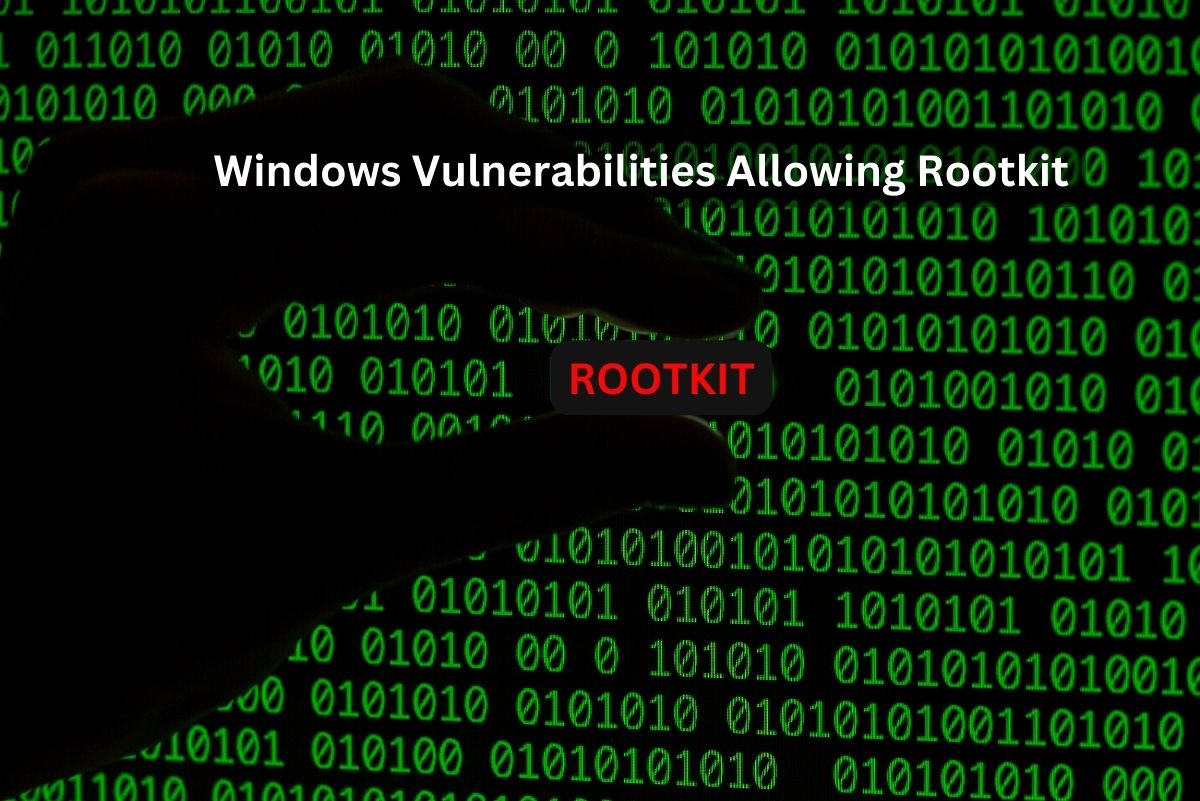
Recent research has revealed critical vulnerabilities in the DOS-to-NT path conversion process on Windows systems, potentially enabling threat actors to exploit these flaws for rootkit-like operations to conceal and manipulate files, directories, and processes.
During the conversion of DOS paths to NT paths in Windows, a flaw was identified wherein certain functions strip trailing dots from path elements and remove trailing spaces from the last path component. SafeBreach security researcher Or Yair presented this analysis at the Black Hat Asia conference, highlighting the implications of this issue.
The identified "MagicDot paths" provide unprivileged users with rootkit-level functionality, allowing them to carry out malicious activities without administrative permissions, thereby remaining undetected. These capabilities include file and process hiding, manipulation of files within archives, influencing prefetch file analysis, and deceiving tools like Task Manager and Process Explorer into misidentifying malware as a verified executable from Microsoft.
The underlying vulnerability in the DOS-to-NT path conversion process has also led to the discovery of several security shortcomings, some of which have been addressed by Microsoft:
Yair emphasized that these findings highlight how seemingly benign issues can be exploited to develop vulnerabilities that pose significant security risks. This research not only impacts Microsoft Windows but also underscores the broader implications for software vendors who may overlook similar issues in their products across different versions.
The revelations from this study underscore the need for ongoing vigilance and prompt remediation of such vulnerabilities to safeguard against potential exploitation by malicious actors.